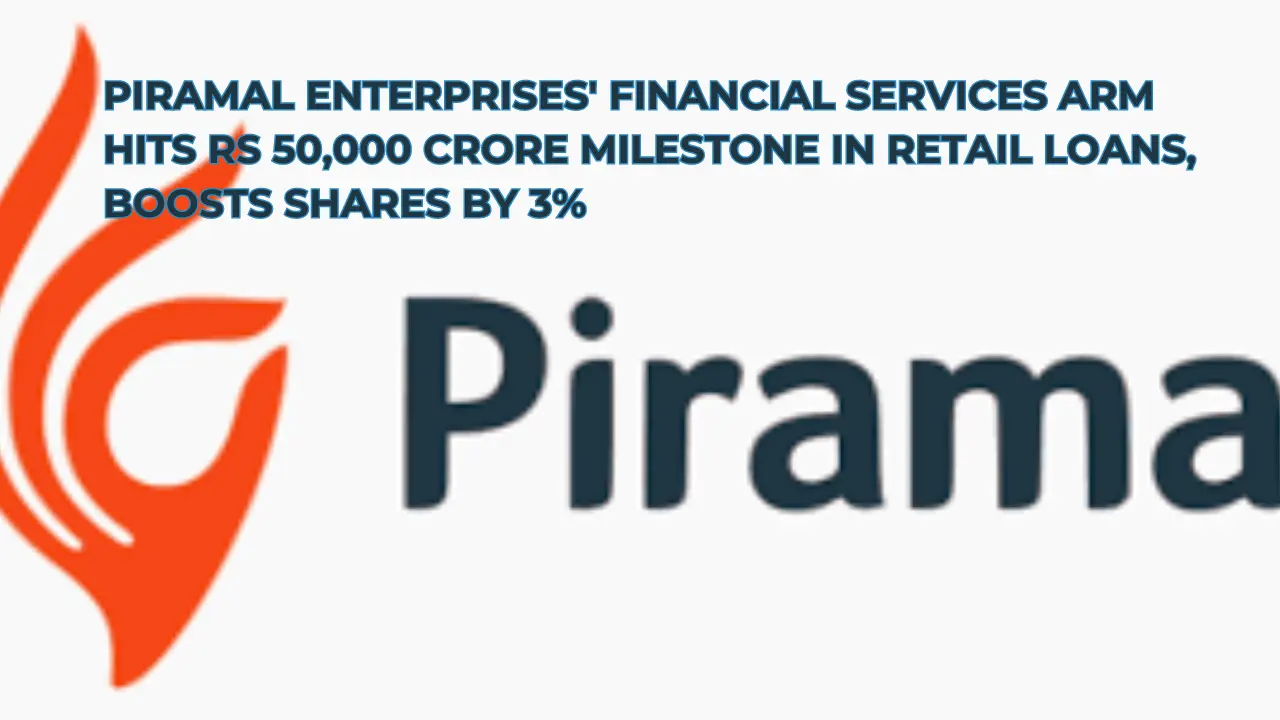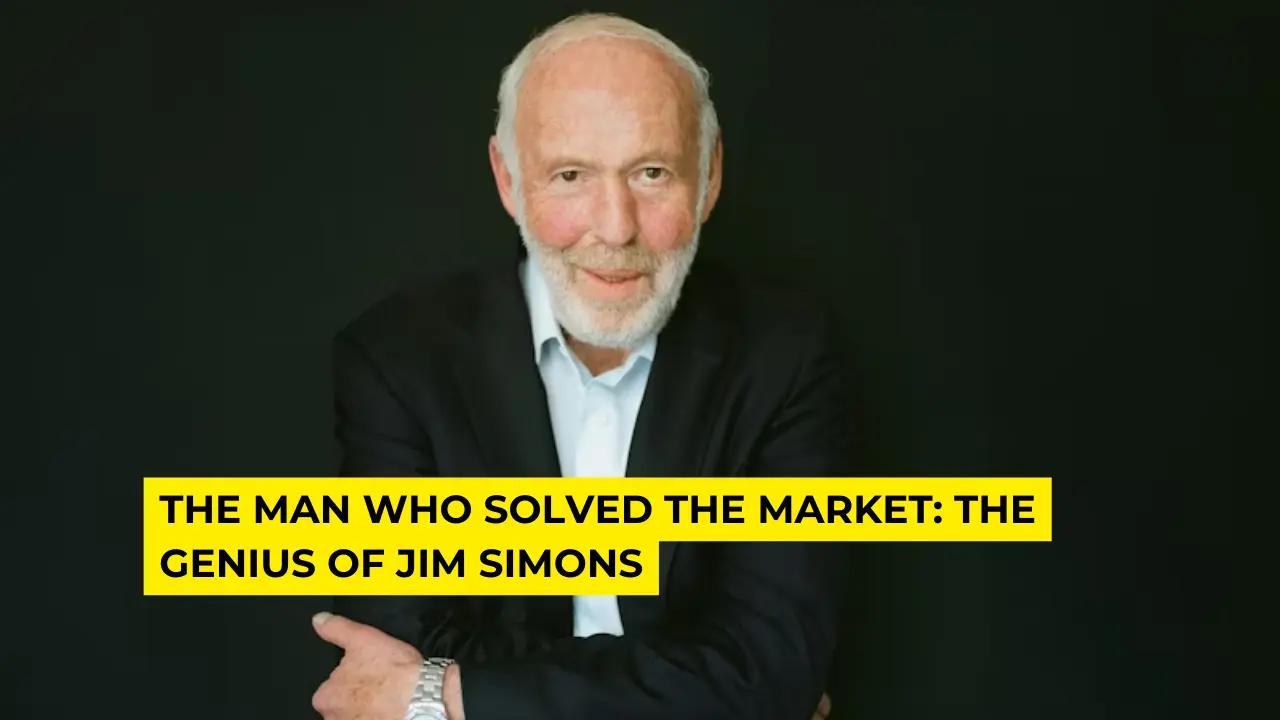In a strategic move to strengthen its portfolio, Quant Mutual Fund has acquired a 0.51% stake in Heubach Colorants India. This acquisition signals Quant’s interest in the specialty chemicals sector and highlights Heubach Colorants’ potential in the market.
About Quant Mutual Fund
Quant Mutual Fund is known for its dynamic and disciplined investment approach. Since its inception, Quant has focused on sectors with robust growth potential, leveraging deep market insights and data-driven strategies. Their portfolio spans various industries, reflecting a balanced mix of stability and high-growth opportunities.
Heubach Colorants India: Company Profile
Heubach Colorants India, a leader in the manufacturing and distribution of colorants and specialty chemicals, has carved out a significant niche in the market. Known for its innovation and quality, the company supplies products essential for diverse applications, ranging from textiles to coatings. With a solid market presence, Heubach has shown resilience and adaptability in a competitive industry.
Details of the Acquisition
Quant Mutual Fund’s purchase of a 0.51% stake in Heubach Colorants India involves a notable financial investment. While specific figures regarding the transaction value or the number of shares were not disclosed, such a stake typically signals confidence in the company’s future performance and growth potential.
Strategic Implications
Quant’s decision to invest in Heubach Colorants India could be driven by several strategic factors. These might include the company’s strong market position, its innovative product line, and the growing demand for specialty chemicals. Additionally, this investment aligns with Quant’s strategy of targeting companies with sustainable growth trajectories and robust financial health.
Market Reaction
The announcement of Quant Mutual Fund’s stake in Heubach Colorants India was met with interest by the market. Shares of Heubach saw a slight uptick following the news, reflecting positive investor sentiment. Analysts have noted that such investments by a reputable mutual fund can often boost a company’s stock performance and investor confidence.
Heubach Colorants India’s Recent Financial Performance
Heubach Colorants India has recently reported solid financial performance, with growth in both revenue and profitability. The company’s latest quarterly results showcased an increase in sales volumes and improved profit margins, driven by operational efficiencies and strong demand for its products. These positive trends underscore Heubach’s competitive edge and market appeal.
Industry Context
The specialty chemicals and colorants sector has been experiencing steady growth, propelled by increased demand across various industries such as textiles, automotive, and consumer goods. Heubach Colorants, with its advanced manufacturing capabilities and extensive product range, is well-positioned to capitalize on these trends.
Quant Mutual Fund’s Investment Philosophy
Quant Mutual Fund’s approach centers on identifying companies with strong fundamentals and growth potential. Their investment in Heubach Colorants is consistent with their philosophy of backing firms that are leaders in their fields, have scalable business models, and are poised to benefit from industry tailwinds.
Future Prospects
Looking ahead, Heubach Colorants India is poised to continue its growth trajectory. The partnership with Quant Mutual Fund is expected to provide additional strategic insights and financial backing, which could further enhance Heubach’s market position and operational capabilities. Investors and analysts will be closely watching how this relationship evolves and its impact on Heubach’s performance.
Quick Review:
Q1.What is Quant Mutual Fund’s recent acquisition?
Ans. Quant Mutual Fund has acquired a 0.51% stake in Heubach Colorants India.
Q2.Why did Quant Mutual Fund invest in Heubach Colorants India?
Ans. The investment aligns with Quant’s strategy of targeting companies with strong fundamentals and significant growth potential, particularly in the specialty chemicals sector.
Q3.How much of Heubach Colorants India did Quant Mutual Fund acquire?
Ans. Quant Mutual Fund acquired a 0.51% stake in Heubach Colorants India.







